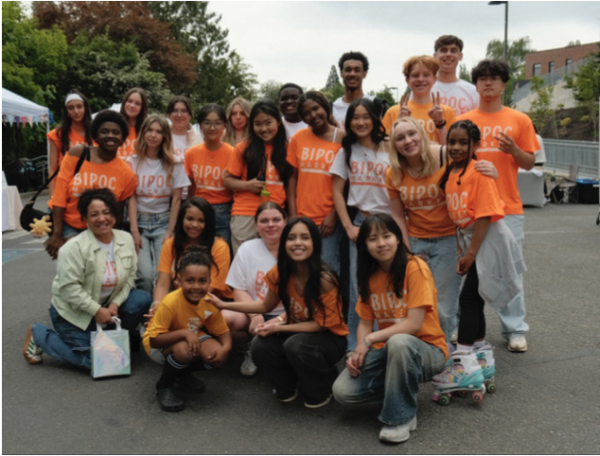IA Engagement: Food Waste as an Obstacle to Sustainability
November 6, 2022
In Washington state, over a million tons of food go to waste every year, with still-edible food making up a staggering 35% of that waste. Food waste is a huge obstacle to sustainability. Although sustainability is often used in an environmental context, it also refers to a system’s ability to sustain itself both socially and economically. The current production of food waste contributes 8-10% of global greenhouse gas emissions and is economically damaging for nearly every group involved in the food industry, from businesses to consumers to governments. As the global population rises, the current food system will rapidly exhaust resources that will be crucial to support billions more people.
As a truly global challenge, policies to measure and reduce waste exist at every level of government, from local and state laws to federal and international plans. In Washington state, the Department of Ecology created the Use Food Well Washington Plan. If the proposed measures are effectively implemented, the plan will reduce food waste to half of 2015 levels by 2030, meeting the suggested target created by the United Nations in their Sustainable Development Goals.
The Natural Resource Defense Council has found that one of the most helpful strategies for reducing waste is educating consumers. In the United States, food waste happens overwhelmingly on the consumer side, which includes eating at home, restaurants or schools. For example, confusing date labels on packaged food can often cause consumers to throw out edible food. Although the Washington State Department of Ecology suggests a federal law to standardize date labeling on food, it can help just to know a few key terms in the meantime: a date preceded by “use by” means the product probably shouldn’t be eaten after that date. By contrast, “best by” and “sell by” are not expiration dates, but recommendations. Food can be safely consumed (within reason) after a “best by” or “sell by” date.
Although lots of plans to reduce food waste focus on responsibly disposing of waste, like compost or donation, the best way to reduce the impacts of food waste is always to prevent it in the first place. To better understand food waste in our community, I spoke to Tim Wingate, the executive chef at Annie Wright. His top suggestion for reducing waste in our school cafeteria was simple: take smaller portions. Although his kitchen strives to minimize waste in the form of production waste (things like vegetable peels generated while cooking) and overproduction waste (when the kitchen produces more food than students want to eat – a rare occurrence!), waste is also created once the food gets onto student plates. He reminds students that they can return for a second round of food once they’ve been through the line once, especially at breakfast and dinner.
Additionally, Wingate noted that since food waste is so expensive (after all, it’s food that a business buys but can’t turn into profit), small restaurants living closer to the margin tend to produce less waste, especially with continuing supply chain issues and food inflation in the US. Larger restaurants with bigger budgets can afford to be less careful. If you’re looking to reduce food waste while eating out, small restaurants are a better bet.
Building awareness of both the scope of the issue and of reduction strategies, whether personal or governmental, is a powerful first step towards solving the problem of food waste.
This article serves as an engagement for the author’s Global Politics Internal Assessment. It has been edited for length and clarity and to uphold Inkwell’s standards for published content.









